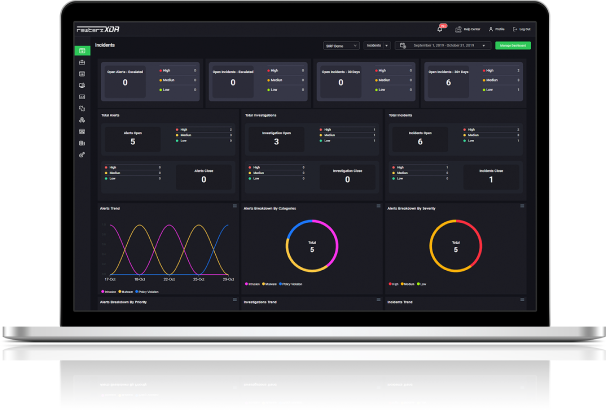

SideWinder APT Group aka Rattlesnake Targeting Pakistan – Active IOCs
April 22, 2025
NJRAT – Active IOCs
April 22, 2025
SideWinder APT Group aka Rattlesnake Targeting Pakistan – Active IOCs
April 22, 2025
NJRAT – Active IOCs
April 22, 2025Severity
High
Analysis Summary
Microsoft Entra users experienced unexpected account lockouts due to a logging error involving user refresh tokens. This issue led to numerous organizations receiving alerts about potential credential leaks, resulting in automatic account lockouts. Initially, many believed these lockouts were connected to the recent deployment of the "MACE Credential Revocation" application.
Microsoft clarified that the problem stemmed from an internal process where actual user refresh tokens were mistakenly logged instead of just their metadata. Upon discovering this, Microsoft invalidated the affected tokens to protect customers, inadvertently triggering alerts in Entra ID Protection that suggested possible credential compromises. These alerts were dispatched, and Microsoft has stated there is no evidence of unauthorized access to these tokens.
To resolve the issue, Microsoft advises administrators to use the "Confirm User Safe" option in Microsoft Entra for the flagged users, which will restore their account access. Furthermore, Microsoft plans to publish a Post Incident Review (PIR) after completing its investigation, which will be shared with all impacted customers.
This incident underscores the importance of precise token management and the potential consequences of internal logging errors. Organizations are encouraged to review their token handling procedures and ensure robust safeguards are in place to prevent similar occurrences.
Impact
- Operational Disruption
Remediation
- Implement Continuous Access Evaluation (CAE) to enable near real-time revocation of access tokens upon critical security events, such as password changes or account deactivations.
- Utilize Token Protection in Conditional Access policies to bind tokens to specific devices, ensuring that stolen tokens cannot be reused on unauthorized devices.
- Regularly monitor and audit sign-in logs for unusual activities, such as multiple failed authentication attempts or sign-ins from unfamiliar locations, to detect potential security threats.
- Establish automated provisioning and deprovisioning processes to manage user access efficiently, ensuring that access rights are promptly updated in response to role changes or terminations.
- Educate users about the importance of security practices, including recognizing phishing attempts and the proper handling of authentication prompts, to reduce the risk of credential compromise.
- Review and adjust token lifetimes to balance security and user experience, potentially reducing the window of opportunity for token misuse.
- Ensure that all applications and services are updated to support modern authentication protocols and security features, minimizing vulnerabilities associated with outdated systems.
- Develop and maintain a comprehensive incident response plan to address security incidents promptly, including procedures for token revocation and user account recovery.








